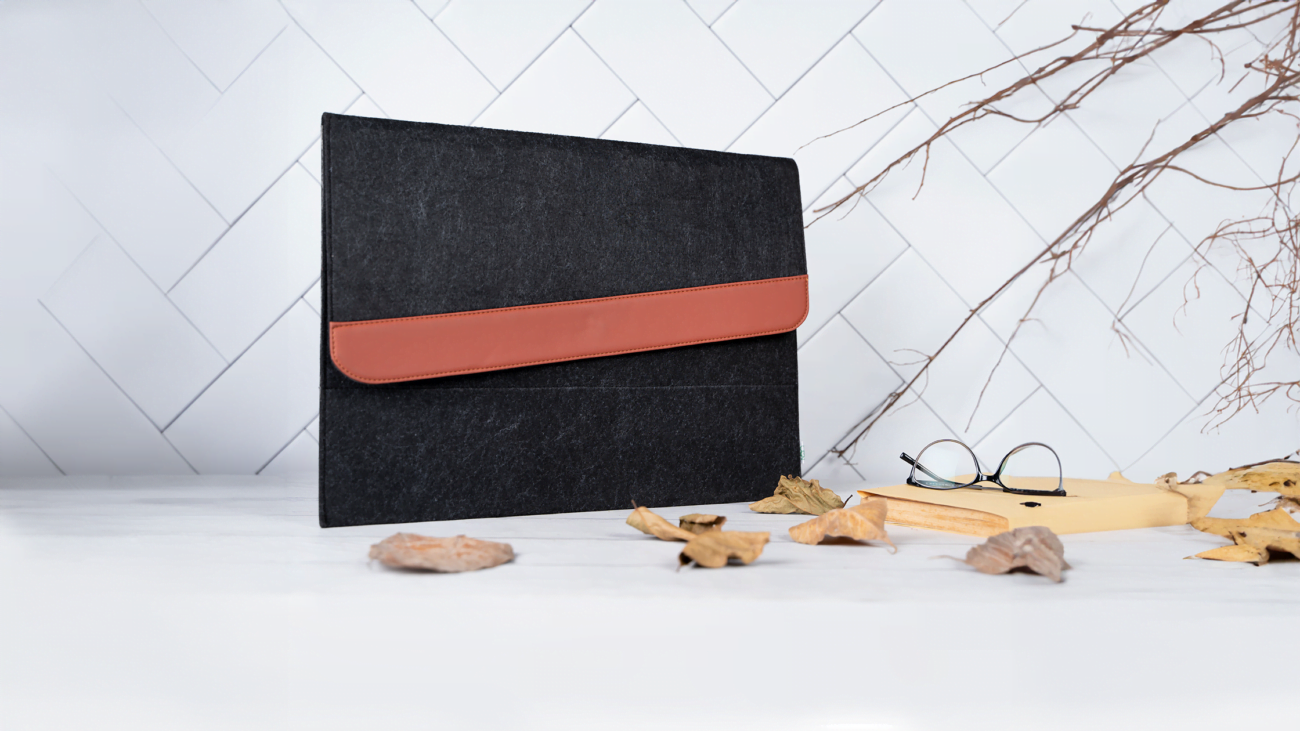Table of Contents
Introduction
In today’s world, the journey towards sustainability and eco-conscious living is more vital than ever. As we strive to make responsible choices that benefit both our planet and our well-being, transforming our homes into eco-friendly sanctuaries has become a significant part of this effort. This comprehensive guide, “Eco-Friendly Home: Your Ultimate Guide to Sustainable Living”. Understanding Eco-Friendly Products Before you embark on your journey to create an eco-friendly home, it’s essential to grasp what makes a product truly eco-friendly and the profound impact of such choices.
A lake in the shape of human footprints in the middle of a lush forest as a metaphor for the impact of human activity on the landscape and nature in general. 3d rendering.
What Defines an Eco-friendly Products for Your Home?
Eco-friendly products are those that have been consciously designed to minimize negative impacts on the environment. They typically possess the following characteristics:- Sustainable Materials: These products are often crafted from renewable and sustainable materials, reducing the depletion of natural resources.
- Energy and Water Efficiency: Eco-friendly products are engineered to consume less energy and water, contributing to overall resource conservation.
- Minimal Pollutants: They emit fewer pollutants, both during production and usage, which helps reduce air and water pollution.
- Durability and Reusability: These products are built to last, reducing the need for frequent replacements and lessening waste.
The Impact of Eco-Friendly Choices
Choosing eco-friendly products isn’t just about feeling good; it’s about doing good. Here are some of the significant impacts your choices can have:- Reduced Carbon Footprint: Eco-friendly products help lower greenhouse gas emissions and mitigate climate change.
- Resource Conservation: By opting for sustainable products, you actively contribute to preserving natural resources for future generations.
- Healthier Living Spaces: These products often result in better indoor air quality, reducing the risk of health problems associated with pollutants.
- Environmental Stewardship: Your choice promotes responsible and sustainable practices, inspiring others to follow suit.
Identifying Areas for Eco-Friendly Improvements
Begin by assessing your home for potential areas of improvement, focusing on the following aspects:- Energy Efficiency: Consider areas where energy-efficient products and solutions can be implemented, such as lighting, insulation, and appliances.
- Indoor Air Quality: Evaluate spaces where improving indoor air quality is essential, especially in rooms frequently used by your family.
- Waste Reduction: Identify opportunities to minimize waste generation, whether through recycling, composting, or using products with less packaging.
Setting Priorities
It’s essential to determine what aspects of an eco-friendly home are most important to you. Your priorities may vary, but some common themes include:- Energy Savings: Reducing energy consumption to lower utility bills and environmental impact.
- Waste Reduction: Minimizing waste and promoting recycling and composting.
- Indoor Air Quality: Ensuring the health and well-being of your family by choosing products that enhance indoor air quality.
Sustainable Home Decor
- Sustainable Furniture: Opt for furniture crafted from sustainable wood, bamboo, or reclaimed materials. These choices not only reduce the environmental impact but also lend a unique charm to your home.
- Eco-Conscious Paint: Choose low-VOC (volatile organic compounds) or zero-VOC paint options to avoid harmful emissions that can affect indoor air quality.
- Decor Items: Accessorize your home with eco-friendly decor items made from recycled or upcycled materials, adding character and elegance to your living spaces.
Energy-Efficient Appliances
Investing in energy-efficient appliances is a crucial step towards reducing your home’s energy consumption and making a substantial impact on your utility bills.- Energy Star-Rated Appliances: These products meet strict energy efficiency standards, ensuring that you consume less energy without sacrificing performance or functionality.
- LED Lighting: Replace incandescent bulbs with energy-efficient LED lighting to reduce energy usage and enjoy long-lasting, quality illumination.
Chemical-Free Cleaning
Maintaining a clean home is essential, but it doesn’t have to come at the cost of your health or the environment.- Non-Toxic Cleaning Products: Choose cleaning solutions that are free from harmful chemicals and toxins. These products ensure a clean and safe living environment for your family.
Eco-Conscious Furniture
Your choice of furniture can significantly impact the sustainability of your home.- Sustainable Materials: Opt for furniture made from sustainable or reclaimed materials, minimizing the environmental impact of your interior design.
- Upcycled Furniture: Give new life to old furniture by upcycling or repurposing, reducing the need for new manufacturing.
















